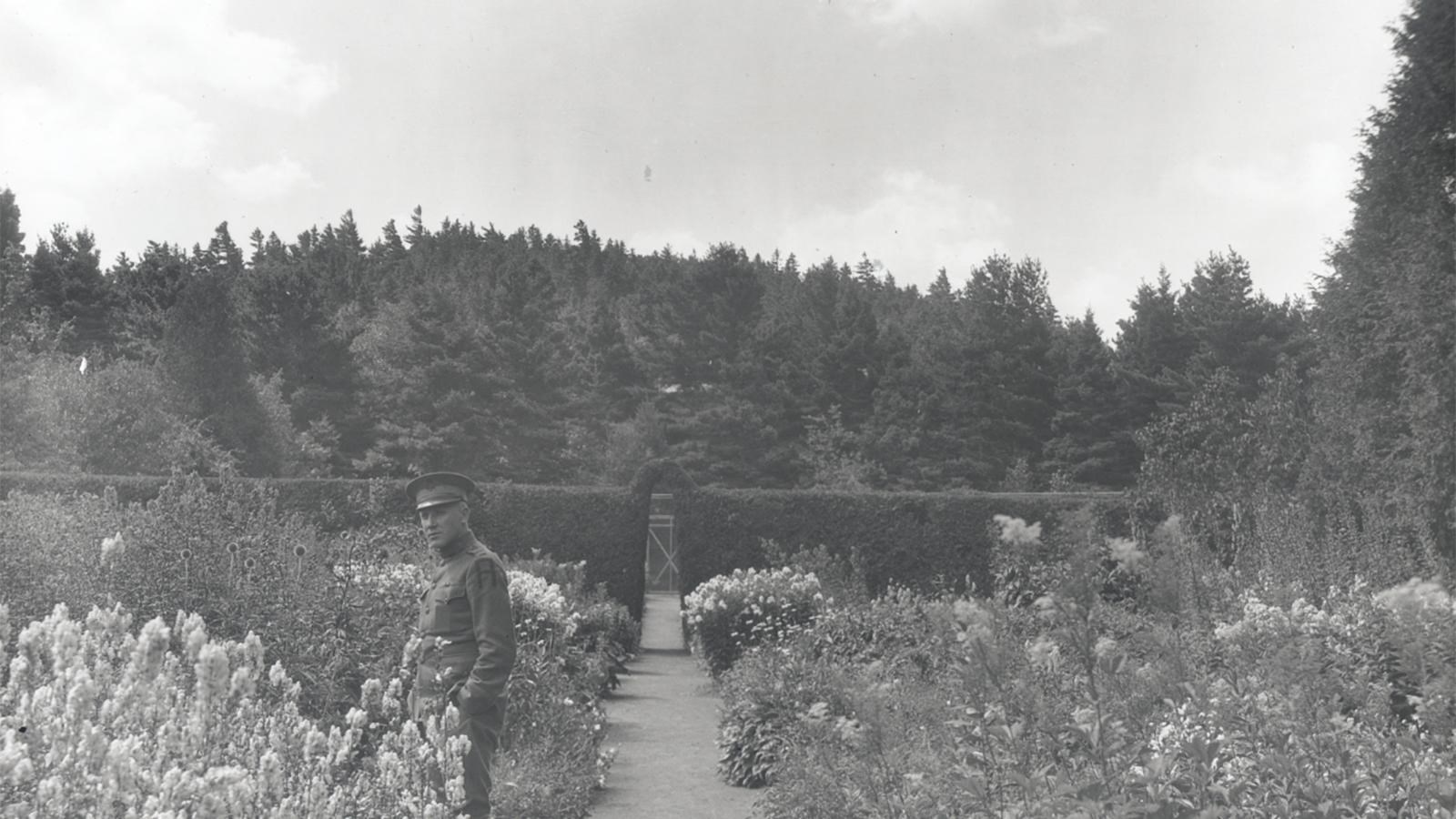Last updated: June 27, 2025
Place
Oldfarm 5: Origins of Acadia National Park

NPS Photo
Origins of Acadia National Park
Although the Dorrs retained their winter residence in Boston, in 1880 George B. Dorr and his parents began spending their summers at their expansive 30-room estate known as "Oldfarm," which once stood at the top of the stone steps still visible today at Compass Harbor. Nestled along the rugged coastline and surrounded by forests and gardens, Oldfarm offered a breathtaking view of Mount Desert Island’s natural splendor. It quickly became more than just a summer home—it was the heart of George Dorr’s deepening connection to the land and ultimately the birthplace of his vision for what would become Acadia National Park.
Oldfarm played a central role in shaping Dorr’s conservation ideals. The serene beauty of the property, especially his mother’s lovingly tended gardens, served as a daily reminder of the delicate balance between nature and human presence. The way the gardens blended seamlessly into the surrounding wilderness reflected a philosophy that would guide Dorr’s life’s work: that natural beauty should be preserved, not exploited. Inspired by the landscapes around him, Dorr dedicated himself to protecting the island’s unique environment from encroaching development.
From his study at Oldfarm, he wrote countless letters, met with government officials, and worked with like-minded conservationists to secure land for public use. Even as his health declined and financial resources dwindled, Dorr refused to leave Oldfarm, continuing to live in a small section of the house after most of it was closed off.
Today, though the house no longer stands, visitors can walk up the original stone steps to the site and reflect on its legacy. This quiet, wooded path leads not just to a historical ruin, but to the very place where one man’s vision helped shape the future of American conservation.
► Return to Tour Homepage
- Duration:
- 59 seconds
Station Five of the Oldfarm Video Tour
